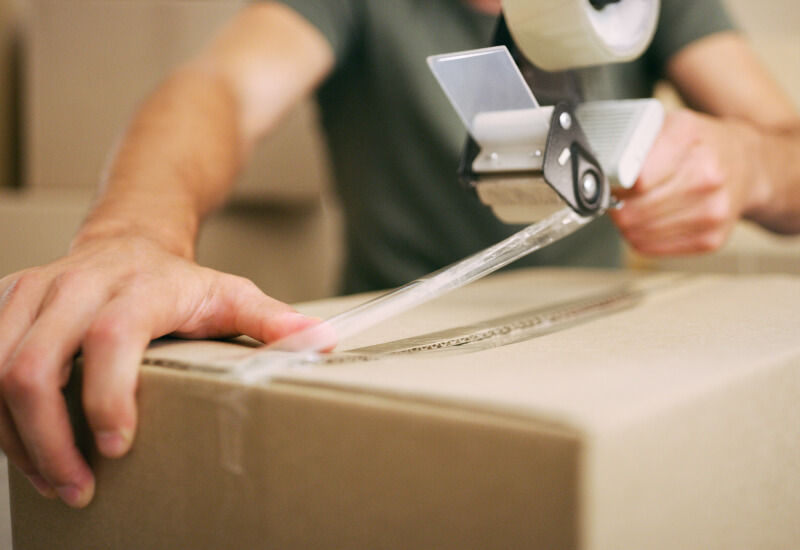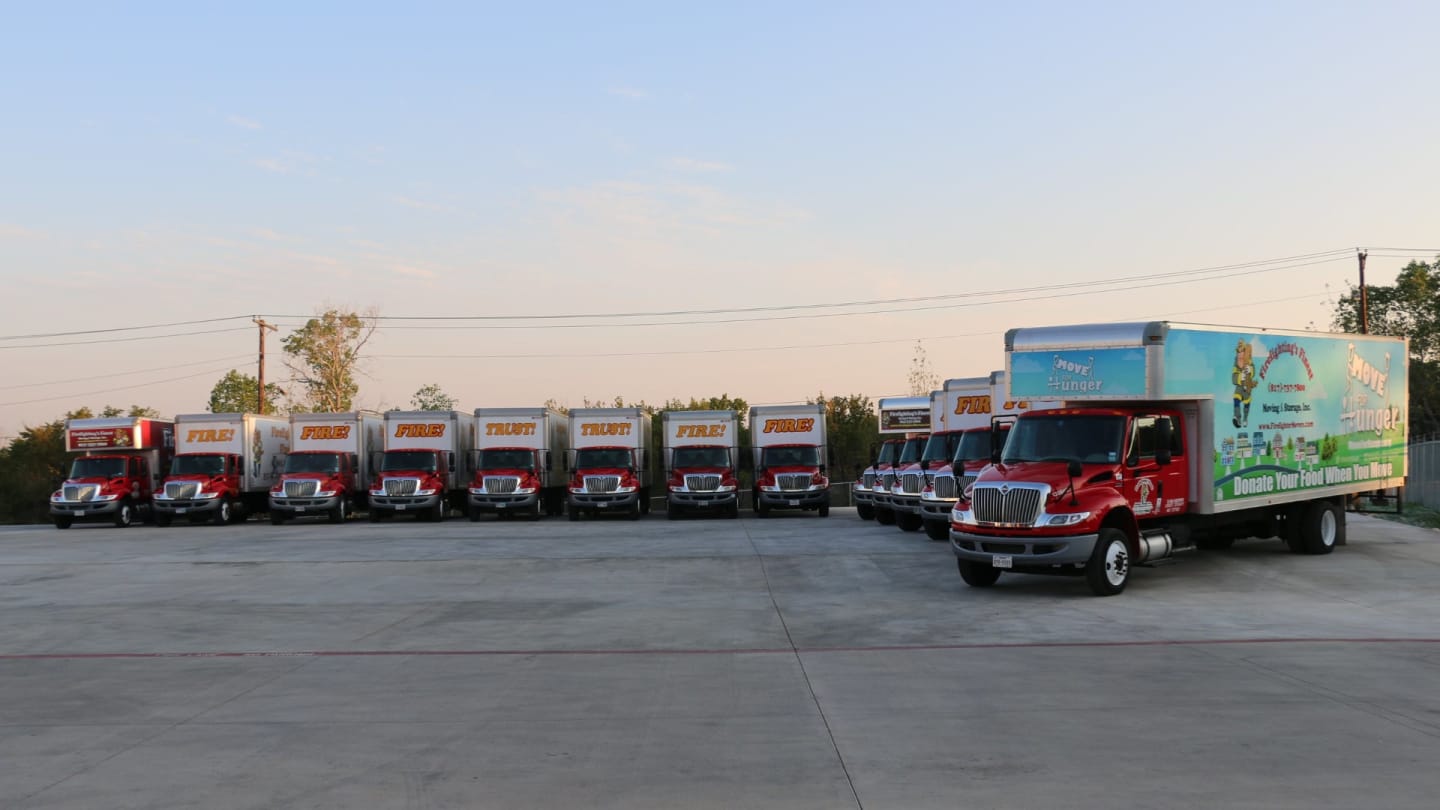
Moving to a new home is exciting, but packing isn’t quite as glamorous. A bit of preparation and a few packing tips are all you need to make the process less chaotic. Follow this practical advice on how to pack for a move so you can check one more thing off your to-do list.
Start Early
Waiting until the last minute almost guarantees sloppy packing, so begin four to six weeks before your moving date. Follow this general packing checklist for moving to get started on the right foot:
- 4-6 weeks: Start with non-essentials like seasonal decorations, books, and out-of-season clothes.
- 2-3 weeks: Move on to kitchen items, guest linens, and less-used electronics.
- 1 week: Pack daily essentials, waiting until the last minute to seal the boxes in case you need to access them leading up to moving day.
Gather Your Supplies
Packing is much easier when you have all the right tools. Here’s what you need:
- Sturdy moving boxes in various standard sizes for easy stacking
- Plenty of packing tape
- Bubble wrap and packing paper for delicate items
- Commercial rolls of plastic wrap for furniture
- Permanent markers for labeling boxes
- Box cutters or scissors
If you’re hiring professional movers, check if they sell packing supplies or include them as part of their service.
Declutter Before You Pack
Moving is the perfect time to pare down your belongings. After all, there’s no sense in paying to move or store items you no longer want. Go from room to room, sorting items into these categories:
- Keep: This includes items you use regularly or have sentimental value.
- Sell or donate: If a garage sale fits into your schedule, make some money selling gently used clothes, toys, or furniture. Otherwise, donate them to friends, neighbors, or charities.
- Trash: Don’t bother keeping anything broken, outdated, or beyond repair.
If a disproportionate amount of items ends up in the “keep” pile, implement the one-year rule. If you haven’t used or worn something in the past year, chances are you don’t need it anymore.
Pack Room by Room
Packing one room at a time keeps you organized and reduces the chance of items getting lost in the mix. It also helps with labeling, so you know exactly where each box goes when unpacking. Before sealing each box, write the following on at least two sides:
- The contents
- The destination room in your new home
- Special handling instructions, like “Fragile” or “This Side Up”
Consider using color-coded labels to make your job go faster.
Pack Like a Pro
Efficient packing is all about strategy. Here’s how to pack for a move without breaking your belongings or your back:
- Reserve small boxes for heavy items: Books, tools, and other heavy belongings should go in small boxes to keep the weight manageable.
- Fill large boxes with light, bulky items: Pillows, bedding, and towels can fill large boxes without making them too heavy to lift.
- Wrap breakables carefully: For fragile items like glassware, ceramics, or dinner plates, use bubble wrap or packing paper to prevent damage. Line the bottom of the box with a cushion of crumpled paper, then individually wrap each item before placing it inside. Fill any gaps with additional padding to prevent the contents from jostling around.
- Pack clothes wisely: Instead of folding and packing clothes, keep them on the hangers and load them into wardrobe boxes. If space is a concern, use vacuum-sealed bags, which are especially great for bulky winter coats. As for shoes, pack them into suitcases for easy access later.
- Don’t forget about perishables and hazardous items: Movers won’t transport perishable food, hazardous liquids, plants, pets, or high-value items, so plan accordingly. Eat the food in your fridge and pantry leading up to your move, and transport other restricted items in your car.
Special Considerations for Furniture and Electronics
Make oversized items less awkward to move with these packing tips:
- Disassemble large furniture: Take apart bed frames, tables, and desks when feasible. Store screws and other small parts in labeled baggies, and then tape them to the corresponding furniture pieces so nothing gets lost.
- Wrap furniture for protection: Cover furniture with moving blankets and secure everything with plastic wrap to protect against scratches and dings. Pay special attention to corners, which are most prone to damage during the move.
- Pack electronics safely: For TVs, computers, and other electronics, it’s best to use the original packaging, if available. If not, wrap screens in bubble wrap, secure cables and cords with zip ties, and pack them snugly in boxes with plenty of padding. For peace of mind, transport the most delicate or expensive electronics in your car, if possible.
Create an Essentials Box
Moving day is chaotic, and the last thing you want is to rummage through boxes looking for your toothbrush. Pack an essentials box or bag with items you’ll need on day one, such as:
- Toiletries and medications
- A few changes of clothes
- Important documents
- Snacks and water
- Basic kitchen supplies, like a pot, pan, and utensils
- Toilet paper and paper towels
- Chargers for your electronics
Hire Packing Services
If the thought of packing your entire house makes you panic, enlist friends or family to help. If that idea is stressful, too, hire trustworthy professionals to do the heavy lifting. Firefighting’s Finest Moving & Storage offers expert packing services that save you time and keep your belongings safe. From fragile heirlooms to bulky furniture, the pros know exactly how to pack for a move. Founded in 2001 by off-duty firefighters, we’re the movers you can trust to get you to or from Fort Worth, Dallas, Houston, or Austin. We aim to make your move stress-free by taking on your least favorite tasks, like packing, loading, and transportation. Contact us today to request your free moving estimate.








